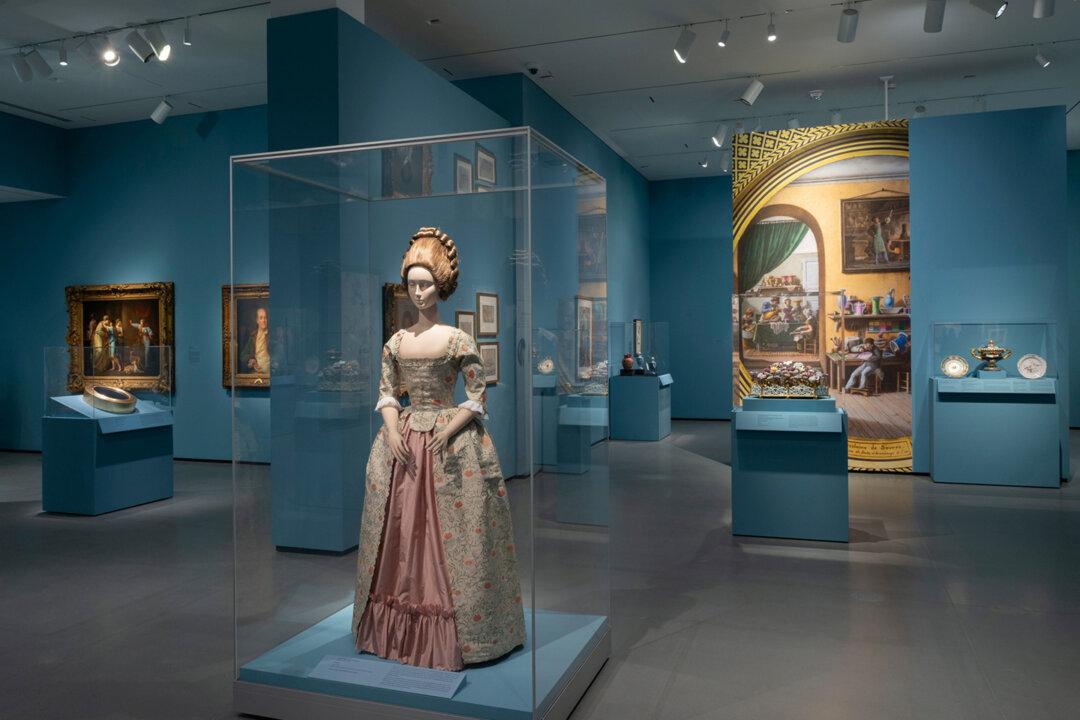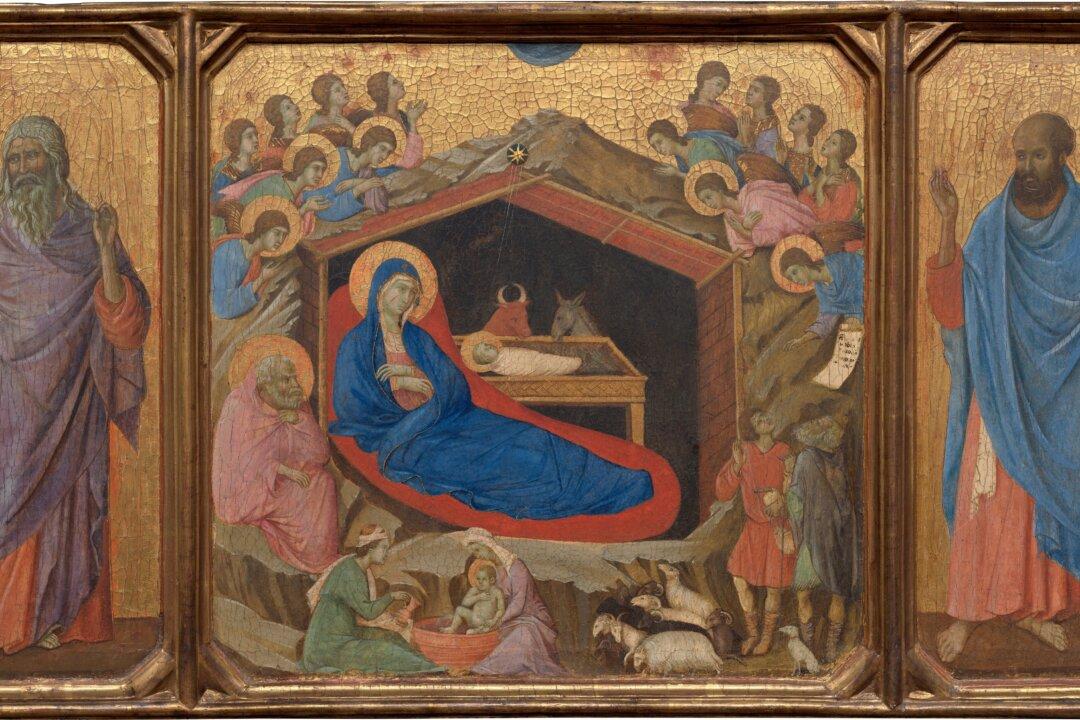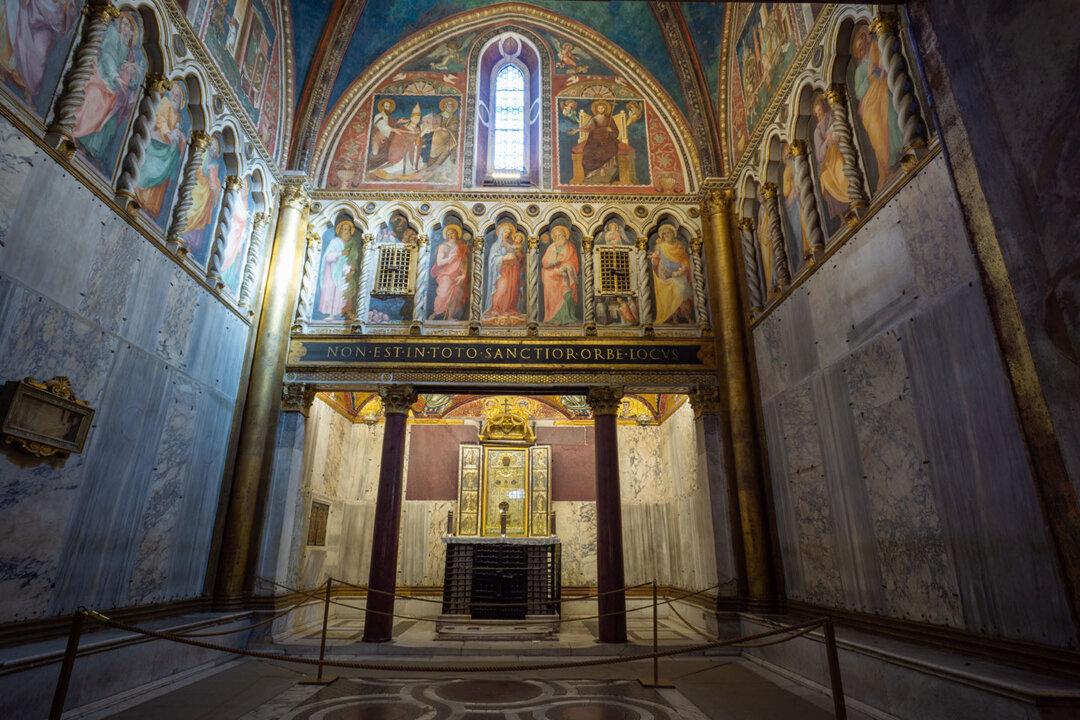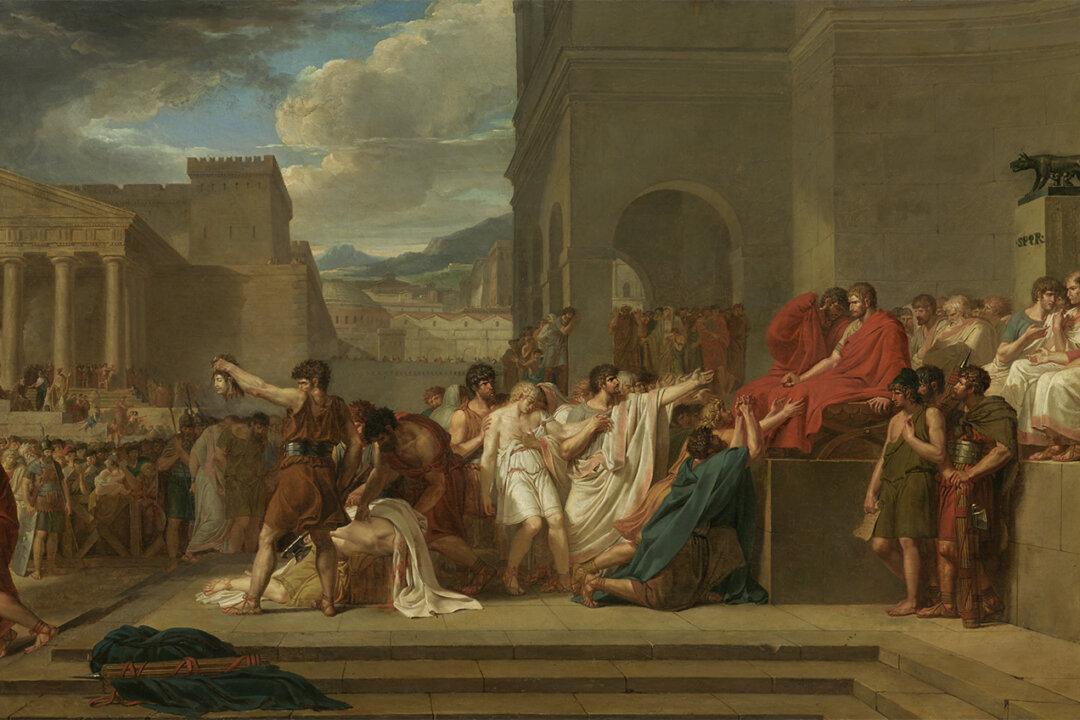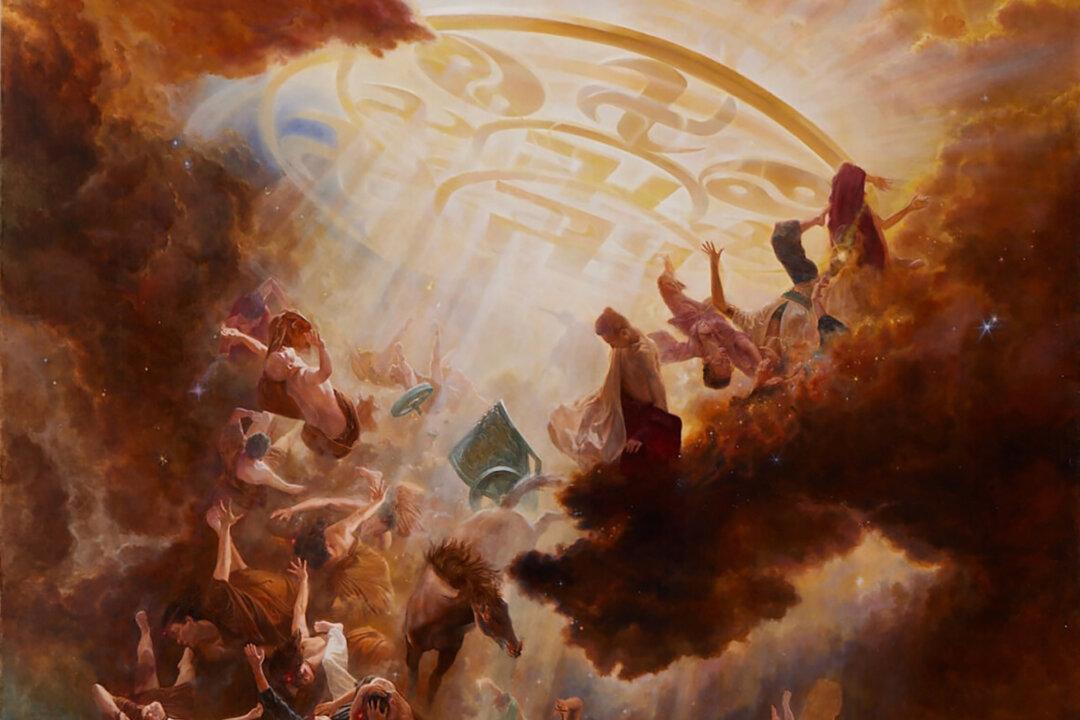Against a picturesque windowpane, a young woman sits in her studio tracing a tulip flower in a drawing. It was made by the French artist Louise Adéone Drölling, who followed her father and brother into an artistic career.
When we think of women artists in early modern Europe, we are often told that they stood suppressed by their male counterparts and had no place in the artistic community. But in truth, from the Renaissance period onwards, women were able to express their creativity in many kinds of artistic spheres, and it is precisely the diverse work of these women that the exhibition “Making Her Mark” sets out to celebrate.

